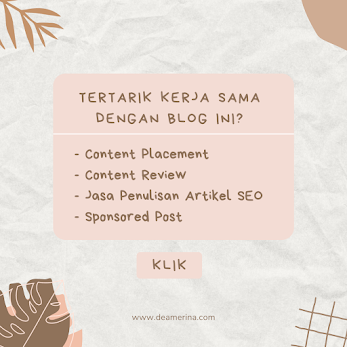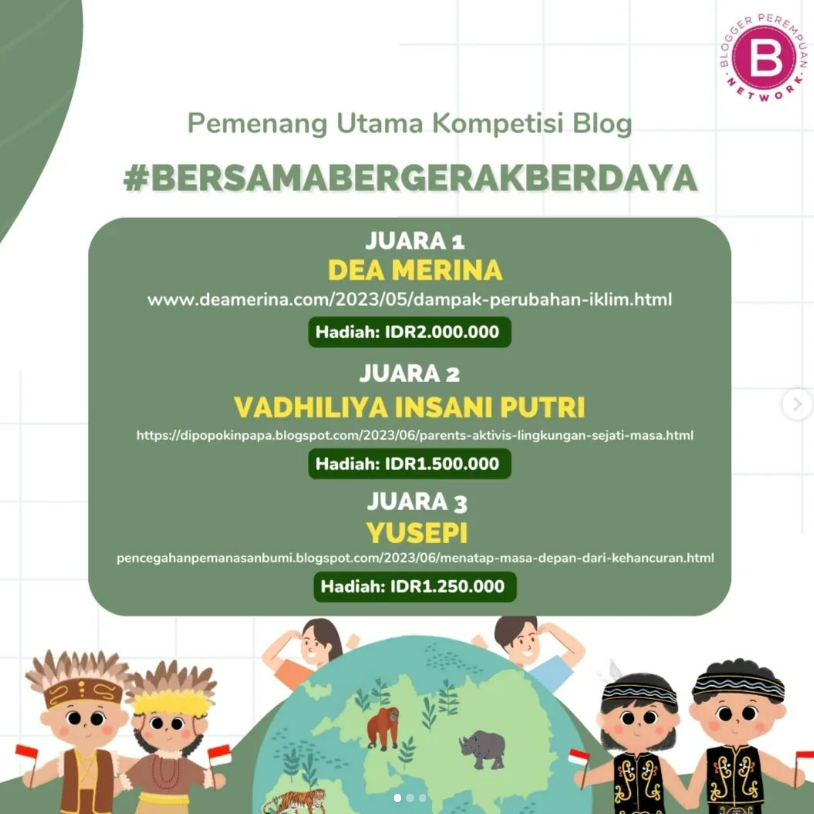Especially in the past few years, the fashion industry has been quite criticized for its impact on the environment it has. It generates a lot of waste and uses very harmful production processes.
Lately, there has been a growing awareness and a bigger demand for alternatives that are not only eco-friendly but also sustainable in many segments of the fashion industry. And one of these segments is the shapewear industry.
Consumers are now much more conscious of their choices, and they are now demanding more wholesale body shapers options that are eco-friendly and sustainable.
How Can Traditional Shapewear Create an Environmental Toll?
Traditional shapewear has often been made out of materials that are synthetic, for example, nylon and spandex, which have always created big environmental challenges.
When these materials are produced, they use resource-intensive processes. The garments are also not biodegradable.
The pollution created by these synthetic fabrics not only contributes to pollution but also releases chemicals that are extremely harmful to the environment.
Now, we can see, as consumers are becoming more conscious about the environment, that the shapewear industry is reevaluating their practices, exploring, and starting to use more sustainable alternatives.
Eco-Friendly Fabrics: When Materials Matter
We can see one of the major shifts that there was in the shapewear industry to create wholesale sports bra and shapewear is the fact that brands and companies are now using eco-friendly fabrics.
Many manufacturers are now using materials like recycled fabrics, bamboo, and organic cotton so they can create shapewear that isn’t only environmentally responsible but also comfortable.
Besides, these materials not only have a lower environmental impact compared with synthetic materials but they are also biodegradable, which is great for the environment.
For example, organic cotton is grown without synthetic fertilizers or pesticides and bamboo is a fast-growing plant that requires no pesticides and minimal water.
Recycled fabrics are often derived from post-consumer waste or even discarded textiles, which reduces the demand for new raw materials and diverts the waste in landfills.
Innovative Production and Design Processes
The shapewear industry is also now focusing on innovative designs and production processes, which help minimize the environmental impact.
Some companies for example are now exploring 3D knitting technologies that create seamless garments which not only require less material but also produce minimal waste. This makes them highly efficient in the utilization of resources.
Following Ethical Practices and Transparency
There's another shift that we can’t let go of, and it is the emphasis on ethical practices and transparency that brands are now having.
Nowadays consumers want to know the origins of their garments, from where the raw materials are sourced, and under what conditions the workers in charge of the manufacturing of their products are working.
Now, many brands are prioritizing fair and ethical labor practices as their consumers seek the assurance that their purchases align with their values.
The Importance of Educating The Consumers
If the shapewear industry and the fashion industry as a whole want to fully embrace eco-friendly alternatives, it’s important to focus on educating consumers about the environmental impact of their choices.
When you inform them about the benefits of sustainable materials and the production processes, this definitely will empower the consumers to make decisions that are more conscious about the environment.
We believe that the educational aspect is crucial so a long-term commitment can be fostered so brands follow more eco-friendly practices between the industries.
Still, the consumers know that they need to make more sustainable shopping choices and keep their pieces for as long as possible, and if it’s even possible, recycle them.

















![[Review Bodycare] Scarlett Loving, Varian Baru yang Bikin Rajin Mandi! [Review Bodycare] Scarlett Loving, Varian Baru yang Bikin Rajin Mandi!](https://blogger.googleusercontent.com/img/b/R29vZ2xl/AVvXsEhlAC-JZwqBmt43og_hkq8q-eAb4WyuJkh1D5jAPP7m5Al1pkKxJ8Q9Vo7RpAXdMLB0mireHJGSdLddLflvFui2wYU4FnZAErc-lrZ2oDsaw1d-iq2ckG7oPiiJ88r7Xv8Lc9OV4dulbE38umhMGbBr9GJk9qS2-hqcJiKfaHX2key0_Gl0UMqrhQv5p-d-/w360-h120-p-k-no-nu/rekomendasi%20sabun%20mandi%20terbaik.jpg)


Post a Comment